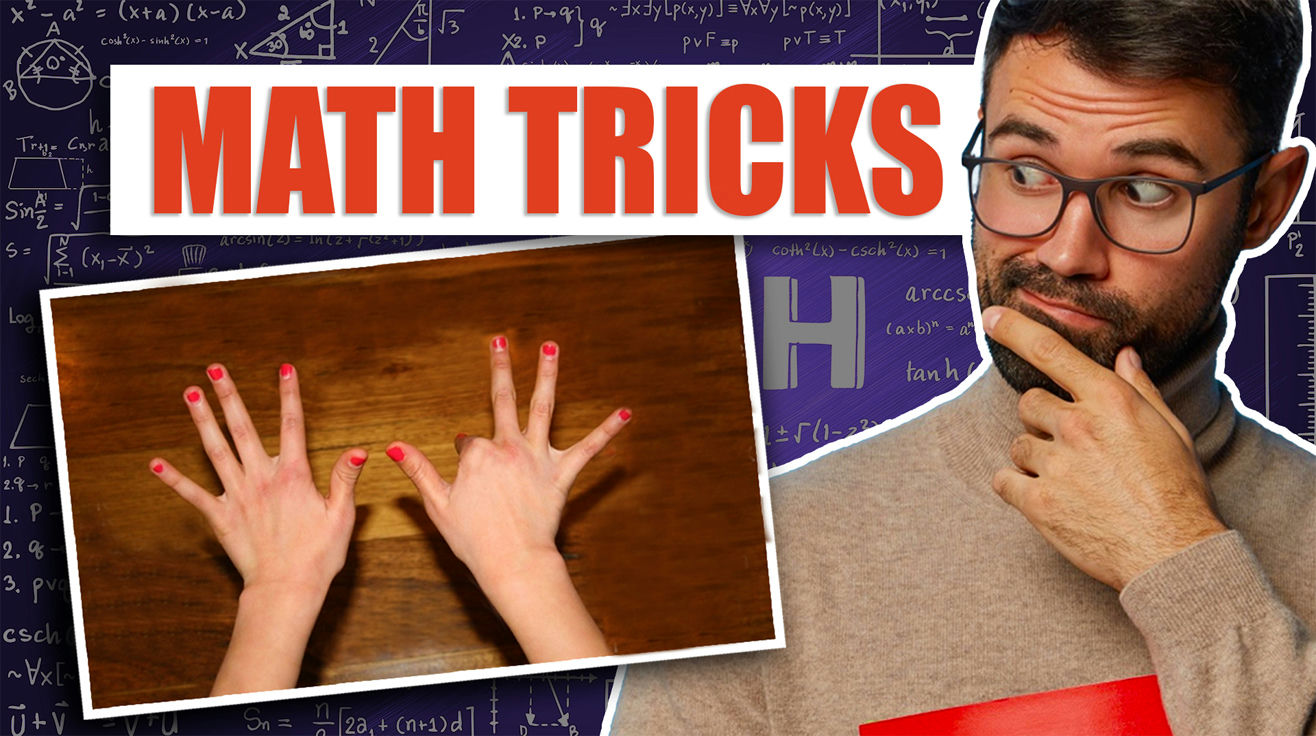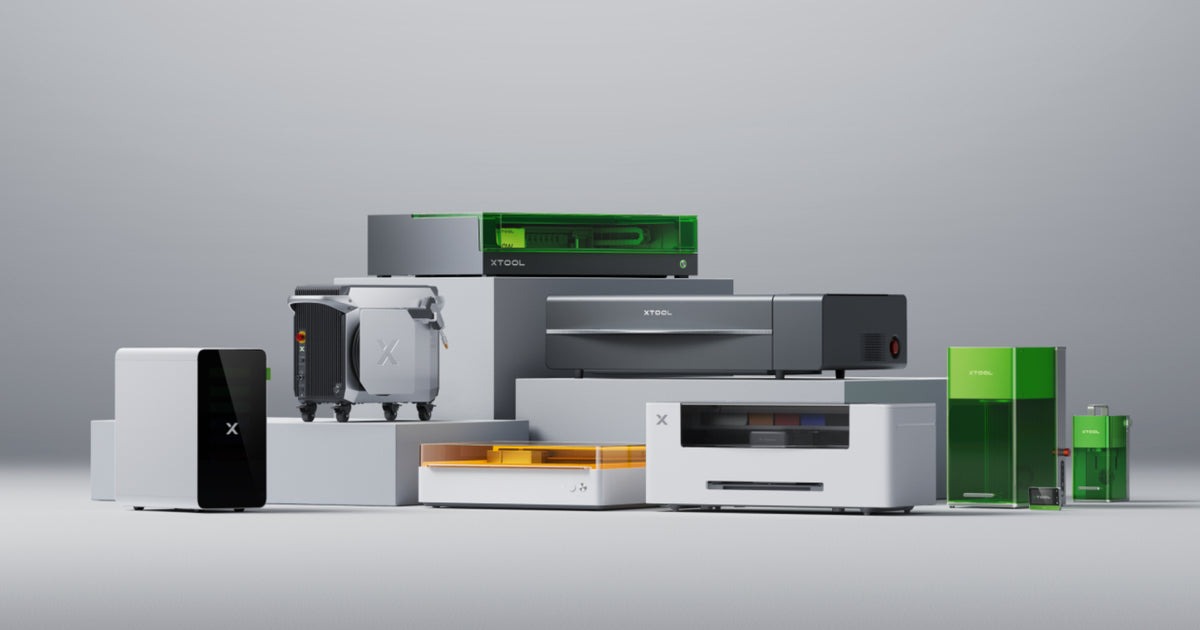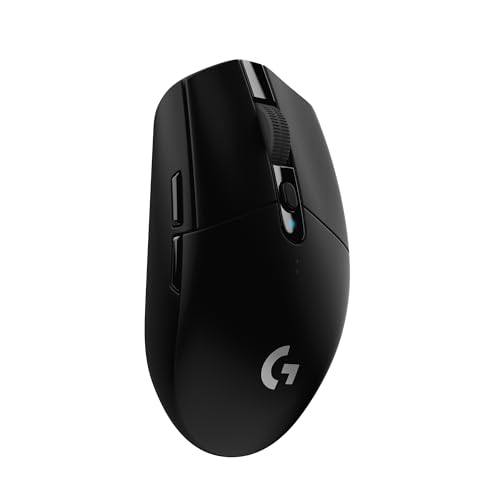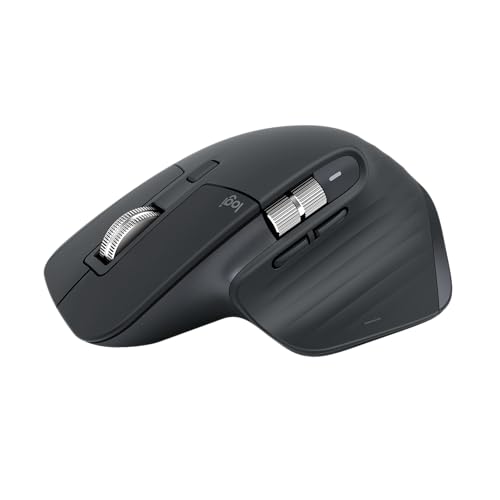Math shouldn’t be harder than finding the last matching sock in your laundry. These clever shortcuts convert head-scratching problems into quick mental wins. You’ll conquer calculations faster than ever before without relying on your phone calculator.
These strategies replace rote memorization with smart patterns that actually make sense. Your confidence with numbers will skyrocket and impress all your friends. Mental calculation speed amplifies dramatically. Onlookers might even wonder what math wizardry you’ve been practicing when they witness your lightning-fast solutions.
Disclaimer: Some images used for commentary and educational purposes under fair use. All rights remain with their respective owners.
Multiplying by 11
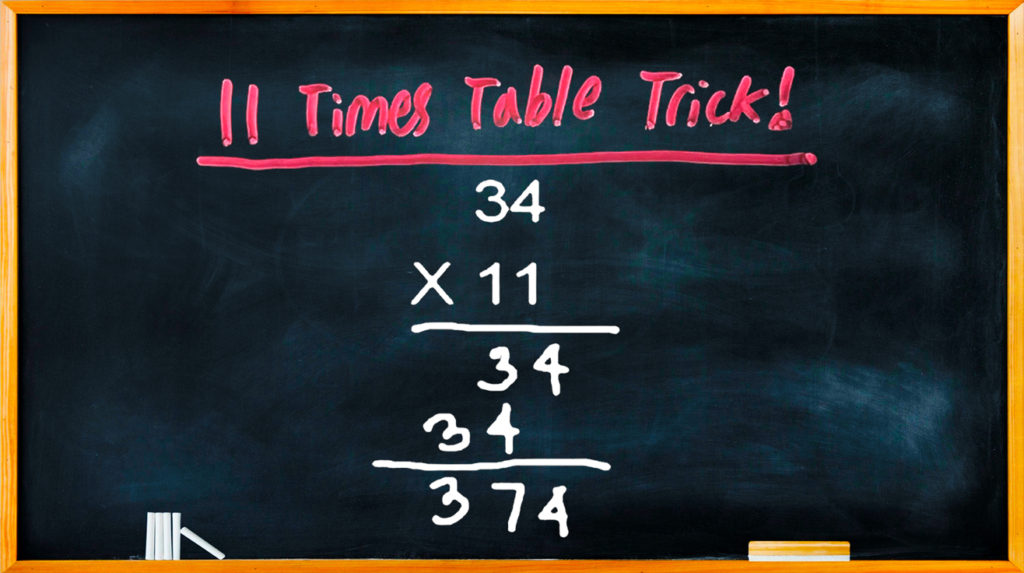
Two-digit numbers times eleven follow a pattern so simple it feels like cheating on a math test—but it’s completely legitimate mathematical wizardry.
For 34 × 11, add the digits (3+4=7) and sandwich that sum between your original numbers: 374. When the middle sum exceeds 9, carry the 1 to the first digit. For example, with 87 × 11, the middle sum is 15, so add the 1 to the first digit and place the 5 in the middle: 957.
This works like a math assembly line, cranking out answers while others are still setting up their long multiplication problems. The beauty of this technique lies in its simplicity—just add and place, no complex calculations required. Even math-phobic people find themselves calculating with newfound confidence.
Subtracting from 1000
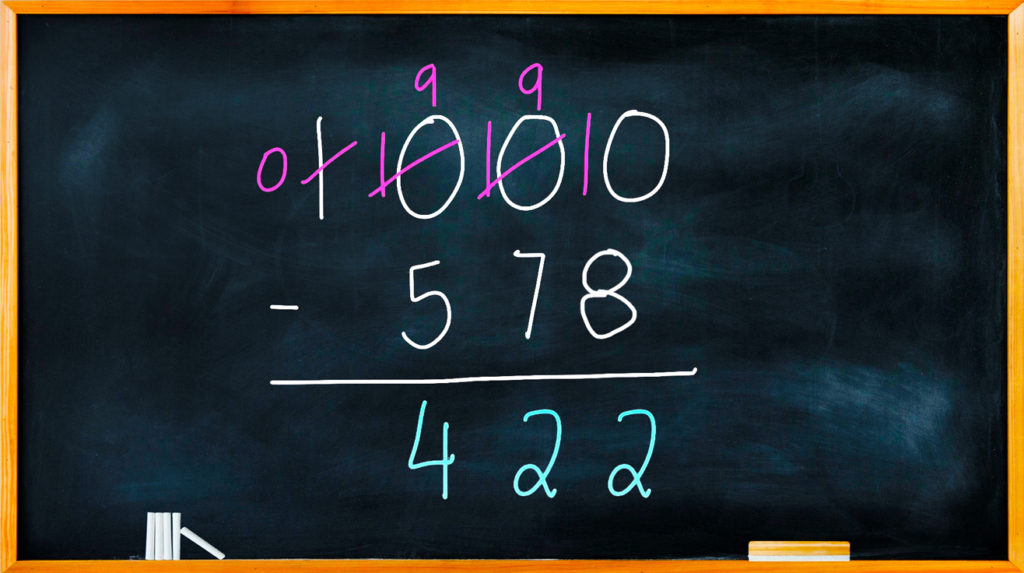
Subtraction with borrowing across zeros ranks just below root canals on most people’s fun scale. Maybe you can even reach prodigy level with this trick. The Complement approach fixes that frustrating experience once and for all.
To calculate 1000 – 578: Subtract each digit from 9 (except the last digit, which you subtract from 10). 9 – 5 = 4 9 – 7 = 2 10 – 8 = 2 Result: 422.
When making change or calculating remaining budget from a thousand, this pattern cuts through confusion faster than knife through butter. The transformation happens almost instantaneously—no borrowing, no carrying, just simple single-digit subtractions that anyone can do. Budget-conscious shoppers find this particularly useful when tracking their spending against a fixed limit.
Multiplying by Nine Using Hands

Your fingers already know the 9-times table better than you do. This tactile trick makes multiplication feel like actual magic when conventional memorization has failed miserably.
Number your fingers 1-10, hands up. For 3 × 9, bend your third finger down. Count fingers to the left (2) and right (7) of the bent digit. Put them together: 27. For 6 × 9, bend your sixth finger and count: 5 fingers to the left, 4 to the right. Answer: 54.
Kids get this instantly. Parents report this trick saves homework time when multiplication tables seem to vanish from memory as quickly as free samples at a grocery store on Saturday morning. Teachers have even incorporated this technique into their lessons when traditional approaches fall flat, turning multiplication dread into playground demonstrations.
Memorizing Pi

Pi’s endless digits scare most people, but this word-length trick turns abstract numbers into brain-friendly phrases that stick in your memory with surprising tenacity.
“May I have a large container of coffee” contains words with 3, 1, 4, 1, 5, 9, 2, and 6 letters, matching 3.1415926. Another option: “How I wish I could calculate pi” for 3.14159.
Memory champions use this technique because our brains store stories better than random number strings. Most people find memorizing a sentence about coffee significantly easier than disconnected digits. This linguistic approach transforms the abstract mathematical constant into something meaningful and memorable—a simple sentence you can visualize rather than a meaningless string of numbers that blur together.
Japanese Multiplication Method

Lines and dots replace mental strain in this visual approach that turns abstract numbers into something you can actually see, touch, and understand intuitively without mathematical anxiety.
For 12 × 31, draw lines representing each digit (1 and 2 horizontally, 3 and 1 vertically). Count the intersection points by place value and you’ll find 372. The method works for any numbers, though it becomes more complex with more digits.
Visual learners often wonder why this wasn’t taught in school alongside those endless worksheets that gathered dust in backpacks nationwide. The method transforms multiplication from abstract symbol manipulation into a concrete, visual process that resonates with people who think in pictures rather than numbers. Artists and designers particularly connect with this geometric approach to calculation.
Multiplication Through Repeated Addition

Behind every scary multiplication problem hides a friendlier addition opportunity that’s much more approachable for those who struggle with times tables.
The formula 4 × 3 just means 4 + 4 + 4 = 12. For bigger numbers, break them into chunks. Calculate 16 × 9 by splitting 16 into two 8s: (8 × 9) + (8 × 9) = 72 + 72 = 144. This decomposition strategy works for any multiplication problem, no matter how complex.
This breakdown turns intimidating math into a series of baby steps even math-phobes can handle without breaking into a cold sweat during calculation time. Understanding this fundamental relationship between addition and multiplication builds deeper mathematical comprehension and confidence. Teachers report students grasp multiplication concepts more thoroughly when introduced through repeated addition first.
Percentage Reversal Trick

Forget calculator-hunting when percentages pop up. This simple flip turns math anxiety into mental victory by leveraging the commutative property in a brilliant way.
If you need 16% of 50, just switch it to find 50% of 16 instead. That’s 8. Done. Works for tipping too—need 25% of $48? Calculate 48% of 25, roughly 12 bucks. The beauty lies in converting difficult calculations into elementary ones instantly.
This shortcut shines for shopping discounts, restaurant tips, and anytime you need quick numbers but your phone’s battery has given up at the worst possible moment. Financial advisors often recommend this trick for quick investment calculations or expense tracking. The mathematical principle behind it is sound—x% of y equals y% of x—making it reliable for both estimates and precise calculations.
Calculating Round Percentages

Most real-world percentage math involves nice, round numbers. This zero-dropping approach makes them absurdly easy and practically instantaneous.
To find 30% of 80, just drop the zeros and multiply what’s left: 3 × 8 = 24. Need a 20% tip on $60? Calculate 2 × 6 = 12. You’ll finish before the waiter returns with your credit card. For 70% of 200, calculate 7 × 2 = 14, then add the zero back: 140.
This shortcut works for shopping sales, budget planning, and any situation where you need fast, close-enough answers now. The simplicity makes it perfect for mental calculations in crowded stores or busy restaurants. Sales associates often use this method when customers ask about discount prices on the spot without waiting for the register calculation.
Multiplying Numbers in the 90s

Multiplying numbers in the 90s seems hard until you spot the pattern hiding in plain sight that makes these calculations surprisingly manageable.
For 93 × 96: Find each number’s distance from 100 (7 and 4). Add these: 7 + 4 = 11. Subtract from 100: 100 – 11 = 89. Multiply distances: 7 × 4 = 28. Combine: 8928
And just like that, you’ll be calculating complex problems in meetings while everyone else hunts for their device, making you look like the office math ninja. This Complement Product strategy transforms seemingly difficult calculations into a predictable formula that always works. Financial analysts particularly value this technique for quick mental verification of spreadsheet calculations.
Multiplying Large Numbers by Nine

Big number multiplication gets stupid simple with this hack. Add a zero, then subtract the original number—a two-step process anyone can master without breaking a sweat.
For 125 × 9, add a zero to get 1250, then subtract 125. Answer: 1125. That’s it. For 348 × 9, it’s 3480 – 348 = 3132. The pattern works for any number multiplied by nine, regardless of how many digits.
Business professionals love this for quick commission calculations or sales estimates without breaking their mental math comfort zone. This mathematical maneuver thrives in business settings where quick estimates matter. The larger the number, the more impressive the time savings—turning potential calculator situations into quick mental calculations that keep conversations flowing.
Multiplying by 15

Restaurant bills and price calculations often involve the number 15. This three-step process cracks these calculations wide open, revealing a pattern that works every time.
For 64 × 15: Add a zero (640), divide by 2 (320), then add these numbers (960). Done in seconds. For 38 × 15: That’s 380, then 190, giving you 570. The entire process requires mere seconds, not minutes of fumbling with calculator apps.
Next time you calculate a 15% tip, you’ll get the answer while your friends are still unlocking their phone screens. This practical approach works particularly well for hourly wage calculations or determining costs for multiple items. Retail workers find this invaluable during sales when customers ask about bulk purchase prices on the fly.


